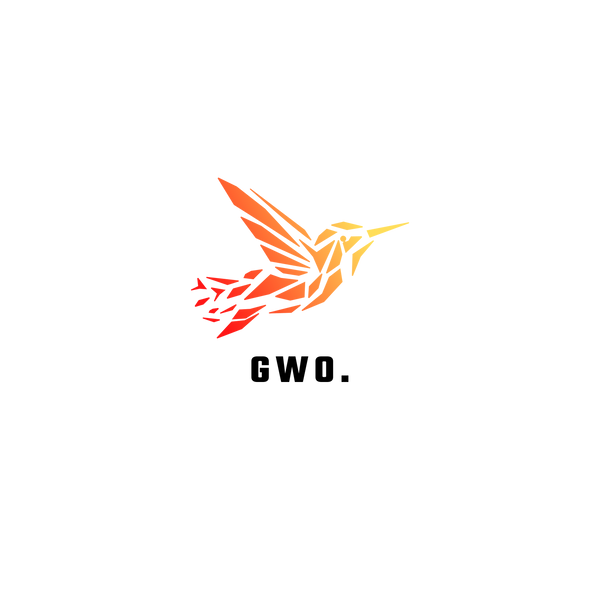It is customary for the Sovereign to wear the uniform of the Regiment whose Colour is being trooped.
The Queen, as the Colonel of the Grenadier Guards, adorned her Grenadier Guards military brooch.
Their Majesties arrived at the Parade in the Scottish State Coach, one of the oldest carriages in the Royal Mews.
Meanwhile, the Princess of Wales accompanied by Prince George, Princess Charlotte, and Prince Louis, traveled in the Glass Coach.
The Prince of Wales, The Princess Royal, and The Duke of Edinburgh partook in the parade on horseback, riding Darby, Noble, and Sir John, and clad in the uniforms of the Regiments where they hold the position of Royal Colonels: the Welsh Guards, the Blues and Royals, and the Scots Guards, respectively.
The parade itself was executed by hundreds of military working horses and over a thousand soldiers from the British Army's Household Division.
The King’s Birthday Parade is a gesture of appreciation from the British Army's Household Division to His Majesty on the occasion of his birthday.
Traditionally held on the second Saturday in June, the parade serves as an opportunity for the household division to showcase their professional competence and allegiance to the Crown.
The participants in the parade mainly consist of individuals aged 18-25, who are recent recruits with just a few months of experience in Army life and partake in ceremonial training concurrent with their combat soldier training.
During the parade, the King’s Colour (Regimental flag) is 'Trooped' by one of the Regiment's most junior Officers amidst the ranks of soldiers.
The privilege of Trooping their Colour rotates among the five regiments of Foot Guards, and this year it was the turn of Number 9 Company Irish Guards.
Established by Queen Victoria in 1900, the Irish Guards have served the Monarchy and the nation for nearly 125 years.
This is the first time that one of the Irish Guards Public Duties Companies has Trooped Their Colour at a Sovereign’s Birthday Parade and the initial occasion that the Irish Guards have paraded before The King.
Number 9 and Number 12 Irish Guards Public Duties Companies were established in September 2022 during the final days of the Reign of Her Late Majesty Queen Elizabeth II.
In the past year, the Irish Guards have been deployed 17 times to six countries.
The King assumes the role of Colonel in Chief of the seven Guards regiments.
Distinguished by the St.
Patrick’s blue plumes in their bearskins, the Irish Guards typically include troops from the Republic of Ireland, Northern Ireland, Liverpool, Birmingham, Fiji, the broader Commonwealth, and the UK.
The Irish Guards stand out in the Household Division as the only regiment with a Regimental Mascot, an Irish Wolfhound, who led the Band of the Irish Guards and the Drums and Pipes of the Irish Guards onto Horse Guards parade.
Following the parade on Horse Guards, the Irish Guards proceeded up The Mall as part of the Royal Procession.
Having completed the Trooping of their Colour, they promptly assumed the responsibility as the new King’s Guard at Buckingham Palace for the next 24 hours.
